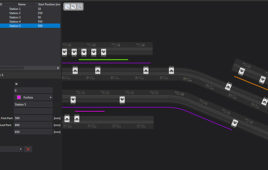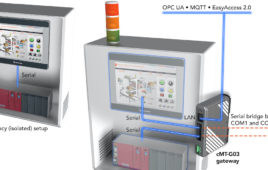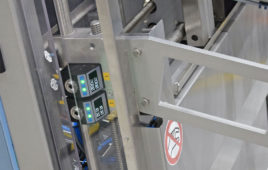Since its inception, 3D printing has been a coveted yet limited manufacturing tool. While many different commercial industries have longed for a larger-scale adaptation, most 3D printing is efficient at producing smaller-scale objects that can take several hours to complete. That could soon change with the development of a new process called rapid liquid printing that was the result of a collaboration between MIT’s self-assembly lab and Steelcase Product Designer Christophe Guberan.
One of the biggest appeals of rapid liquid printing is how the process reduces the time it takes to produce an object from hours to minutes. This is made possible through the printer’s nozzle extruding a polymer material directly into a container filled with transparent gel. Conventional 3D printing needs to build its objects on a platform one layer at a time, and sometimes the supporting structures need to be added during the printing process itself before eventually being removed and discarded. The gel holds the material in place, making any supporting structures obsolete. The gel makes the printing process equivalent to being done in midair.
The object’s size is ultimately limited by the size of the printer and gel container, whereas traditional 3D printing determines the size of printable objects are more so determined by the machine’s size. The gel is made from a two-part material that chemically hardens upon contact, whereas traditional 3D printing material must stiffen through exposure to heat or UV light. Upon completion of being oriented, the object is simply retrieved out of the gelatinous substance, and rinsed.
Rapid liquid printing was recently at Milan Design Week by creating an elaborately-designed coffee table. Aside from the size of the printer and gel container, one of the obvious determinants behind printing time is the layout of an object’s physical design. The process would usually take conventional printers hours to complete, whereas the table was printed using the rapid liquid process in 28 minutes. In another process involving an unnamed object, the time of 50 hours it would have taken a traditional 3D printer to complete only took the rapid liquid printing process 10 minutes.
For the most part, it does appear that rapid liquid printing is currently best-suited for soft-edged lattice-like structures (as demonstrated by its coffee table production). After its successful demonstrations, MIT and Steelcase are presently working to refine the rapid liquid printing technique while exploring applications and industries this 3D printing process would be best suited.
Filed Under: 3D printing • additive • stereolithography, M2M (machine to machine)




